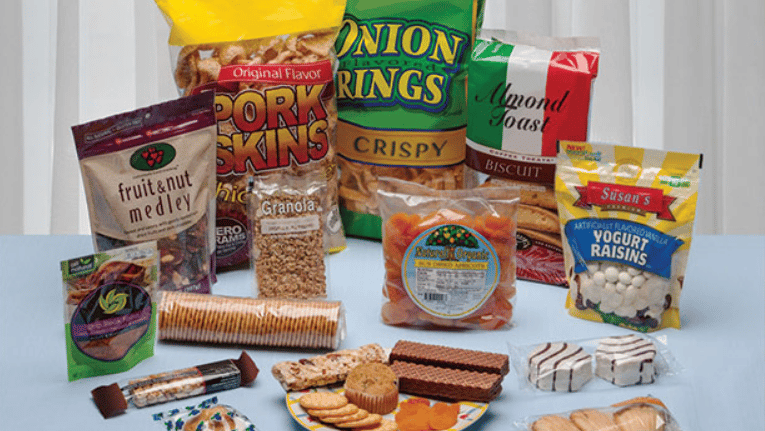The consulting and market research company MarketsandMarkets recently published the research report “Flexible Packaging Market by Packaging Type (Pouches, Bags, Roll Stock, Films & Wraps), Printing Processes (Flexography, Rotogravure, Digital Printing), End-user Industry, Material (Paper, Plastic, Metal) and Region – Global Forecast to 2027”. According to this study, the global growth of flexible packaging marketis mainly boosted by the growing demand of consumer for packaged, processed food and beverages items rising urbanization, changing lifestyles, rising disposable income, rising trends towards sustainable packaging and increasing awareness towards hygiene. According to this study, the global flexible packaging market will be worth 315.5 billion US-Dollars by 2027.
However, the high cost of raw materials which are required for making flexible packaging products and poor recycling infrastructure are the factors expected to clog the market of flexible packaging. Opportunities in this market are the growing demand for sustainable packaging and better substitute for traditional packaging materials. Moreover, rapid changes in technology are the major challenge for the flexible packaging market. Over the past few years, flexo printing machines are very popular and show growing numbers because of the demand for low-cost flexible packaging solutions for food and beverages among consumers.
Pouches accounted for the largest share in 2021
Flexible pouches are frequently constructed of plastic, metal foil, and occasionally paper. They are widely used for packaging everything from industrial liquids to snack foods, and they may be found on store shelves all around the world. These pouches nowadays are very popular in the flexible packaging market because of their excellent properties such as reusability, eco-friendly, lower carbon footprint, taking less space, and being cheaper than other alternatives like glass, metal, and cardboard containers.
In general, the flexible plastic packaging market is expanding at a higher rate than its counterpart, rigid plastic packaging, serving a variety of functions from raising shelf life and maintaining food safety to offering barrier protection from heat and pathogens, oxygen, moisture, and other external agents.
Flexible packaging market and the food industry
Flexible packaging is recognized by national brand owners and private labels as the packaging of choice for many different types of foods on a domestic and international level as it continues to gain popularity in the food sector. Flexible pouches are becoming increasingly popular for foods and beverages with high liquid contents, from soups to cocktails. This solution allows for creative constructions and graphic treatments and is lightweight and practical. Apart from this, flexible packaging products are useful for packing meat, poultry, seafood, baked goods, snack food, produce, candy, confections, pet food, and other food items.
Asia Pacific accounted for the largest share
Because of growing developmental activities and, rapid economic expansion, and increasing population in the Asia Pacific region presents a huge customer base for FMCG products and food and beverages, which, in turn, is expected to lead the growth of the flexible packaging market. Owing to the increasing income of people in this region, the demand for high-end packaging products for food, beverage, and healthcare has been proliferating. Apart from the food & beverage industry, the APAC region also exhibits significant opportunities in the package and labelling industry, which is expected to drive the flexible packaging market.
